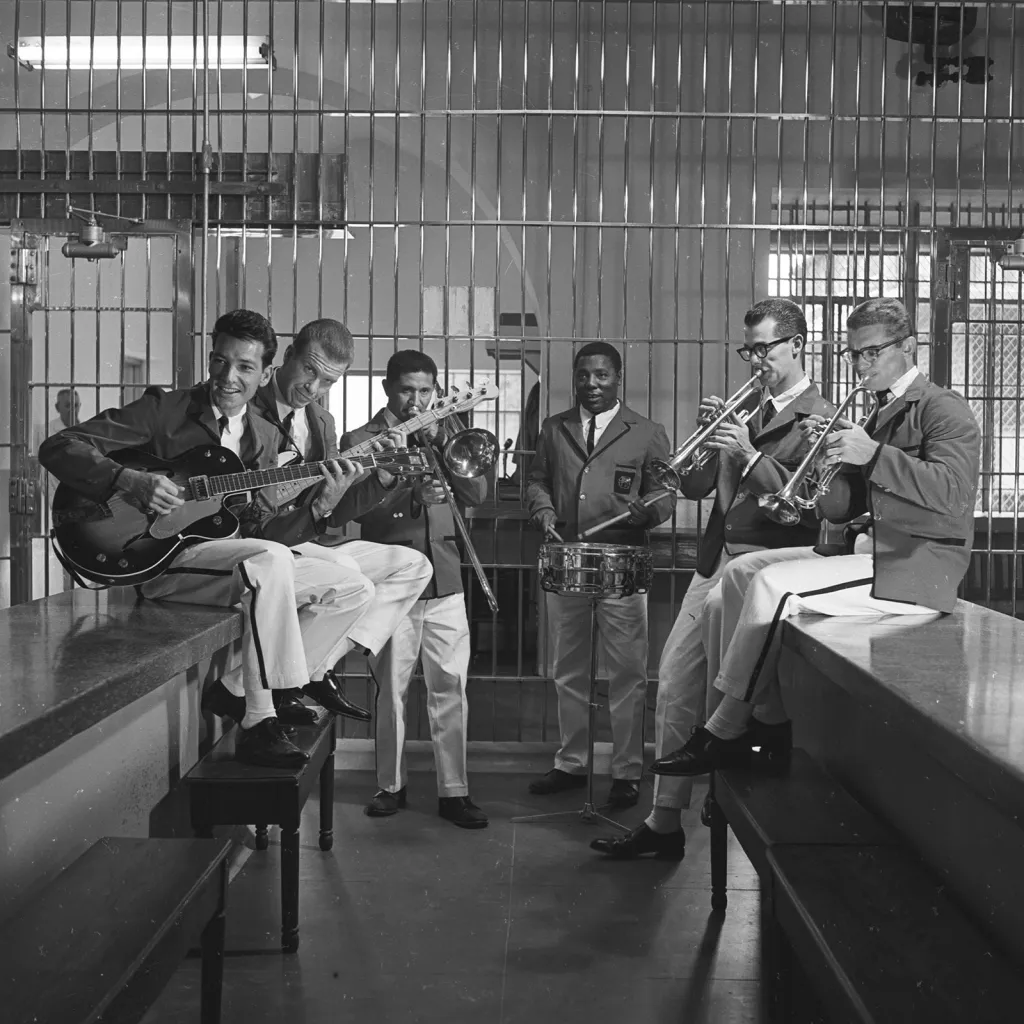masai-land-rover.com – Music has always been a powerful medium for expression, connection, and healing. Its influence extends beyond the walls of concert halls and recording studios, reaching into the most unexpected of places: correctional facilities. In these environments, music not only serves as a form of entertainment but also plays a crucial role in rehabilitation, cultural expression, and the daily lives of inmates. This article explores the multifaceted role of music within correctional facilities, shedding light on its impact on inmates and the broader prison culture.
The Therapeutic Aspect of Music
One of the most significant roles music plays in correctional facilities is its therapeutic aspect. Music therapy, a clinical and evidence-based field, is increasingly being recognized for its benefits in reducing stress, anxiety, and depression among inmates. Through individual and group sessions, inmates are encouraged to express themselves, work through emotional issues, and develop coping mechanisms. This therapeutic use of music not only aids in the psychological well-being of inmates but also contributes to a more positive and rehabilitative prison environment.
Music as a Tool for Education and Skill Development
Music programs within correctional facilities also serve as a platform for education and skill development. Inmates are often given the opportunity to learn instruments, write songs, and even produce music. These programs not only provide a constructive outlet for creativity but also teach valuable skills that can be applied outside of prison. For some, music becomes a pathway to future employment or a means of self-expression that continues long after their release.
Cultural Expression and Identity
Music in correctional facilities is also a means of cultural expression and identity. Inmates from diverse backgrounds bring their musical traditions into the prison environment, creating a rich tapestry of cultural exchange. Whether through traditional songs, hip-hop, or gospel, music becomes a way for inmates to maintain connections to their heritage and community. This cultural expression is vital in preserving identity and fostering a sense of belonging in an otherwise isolating environment.
Challenges and Opportunities
Despite its benefits, incorporating music into correctional facilities faces several challenges. Budget constraints, security concerns, and skepticism about rehabilitation programs often limit the availability and scope of music programs. However, the success stories and positive impact of music on inmates continue to advocate for its inclusion in rehabilitation efforts. Innovative programs, such as recording studios within prisons and music education initiatives, are proving that music can be a powerful tool for change.
Conclusion
“Jailhouse Blues” may evoke images of sorrow and confinement, but within correctional facilities, music is much more than that. It is a source of healing, a means of education, and a powerful form of cultural expression. As we continue to explore the role of music in our society, it is clear that its impact extends far beyond the concert stage, reaching into the lives of those who need it most. By embracing the power of music in correctional facilities, we can contribute to a more humane and rehabilitative prison system, offering hope and transformation to those within its walls.
